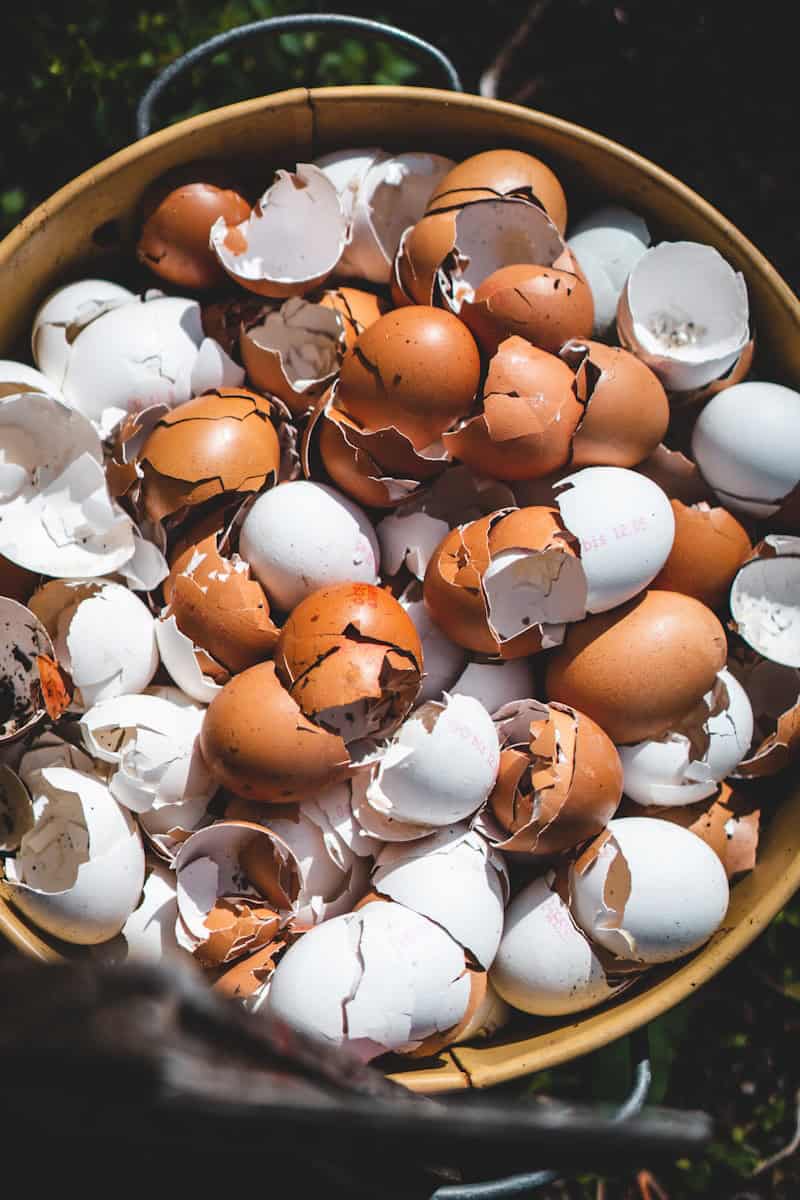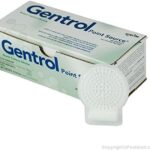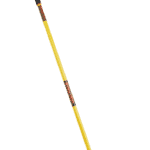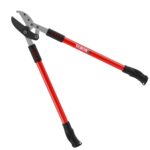Composting in winter can seem like a challenge. By using simple methods, you can keep your compost pile active even in the cold season. Winter composting helps reduce waste and improves your garden’s soil for spring.
To start, gather a good mix of browns and greens. Browns include things like straw and dead leaves. Greens are your kitchen scraps. Insulating your compost heap with leaves or straw can keep it warm.
Turn the compost pile once or twice a week if possible. This helps keep the pile active. Water may not be needed if rain or snow can get in. When spring comes, you’ll have rich compost ready for your garden.
Preparing Your Compost Pile for Winter
Preparing your compost pile for winter means choosing the right location, balancing brown and green materials, insulating the pile, and keeping the right moisture level. Each of these steps is important for maintaining a healthy compost pile during cold months.
Choosing the Right Location
Find a spot in your yard that gets sunlight during the day. Sunlight helps keep the pile warm which is important during winter. Move your compost bin to this sunny spot if it isn’t already there. Keep the bin away from strong winds as wind can cool the pile down. Ensure the spot you choose drains well. This stops the pile from getting too wet from rain or snow.
Balancing Browns and Greens
A good compost pile needs both brown and green materials. Brown materials include things like dead leaves straw and cardboard. These provide carbon. Green materials like kitchen scraps and grass clippings provide nitrogen. In winter, it’s important to add more brown materials to keep the pile from getting too wet. Use a 2:1 ratio of browns to greens to help maintain the balance.
Insulating Your Compost Pile
Insulation is key for winter composting. It keeps the warmth inside the pile. Use materials like straw, leaves, and hay bales. Pack these around the compost bin to create a thick layer. You can also wrap the bin in cardboard or an old blanket. This helps maintain the temperature inside the pile so microbes stay active for longer periods.
Maintaining Proper Moisture Levels
Keeping the right moisture level is crucial. The pile should be as wet as a wrung-out sponge. If it’s too dry, add more green materials or a little water. If it’s too wet, add more brown materials like dry leaves or newspaper. Rain and snow can make the pile too wet, so cover it with a tarp if needed to control the moisture. Regular checks help keep the balance right.
Managing and Maintaining the Compost During Winter
Winter composting can be challenging. To keep the compost active, special steps are needed to enhance decomposition, turn and aerate the pile properly, and protect it from extreme cold.
Enhancing Decomposition in Cold Weather
Cold weather slows down the composting process. To help, break down materials before adding them. Chop kitchen scraps and shred leaves into smaller pieces. This makes it easier for microbes to break down the material.
Use a compost starter to introduce helpful microbes. These microbes kickstart the decomposition. Insulation is key too. Surround the compost pile with straw bales or use an insulated compost bin or tumbler. This helps keep the pile warm.
Maintain a good balance of greens and browns. Mix kitchen scraps (greens) with dead leaves or straw (browns). This provides both nitrogen and carbon to the microbes.
Turning and Aeration
Oxygen is vital for the composting process. During winter, it’s important to turn the compost less often. Turning too much can release heat needed to keep the pile warm.
Once every two weeks is usually enough. Use a pitchfork or a shovel to mix the pile. This helps to keep air in the compost.
If you use a compost tumbler, rotate it once a week. The enclosed space helps to retain heat while still providing enough oxygen for the microbes.
Protecting the Pile from Excess Cold
Protect the compost pile from freezing temperatures. Cover it with a tarp to keep snow and rain out. Moisture control is important; the pile should be damp but not soggy.
Place the pile in a sunny spot to maximize natural heating. Consider using a wind barrier to shield the pile from cold winter winds.
If using a compost bin or tumbler, make sure it has a lid. This helps keep the heat in and the cold out. An enclosed compost bin or tumbler is generally more effective in winter.
By following these steps, your winter composting efforts can be successful even in the coldest months.
Frequently Asked Questions
Winter composting can be different from composting in warmer months. Here are some common questions about managing compost during the colder season.
How often should compost be turned during the colder winter months?
During winter, it’s okay to turn the compost less often. Once every two to four weeks is enough. Frequent turning is not as important because the decomposition process slows down in the cold.
What are effective methods to accelerate the composting process when temperatures drop?
Using insulated bins helps keep the heat in, speeding up composting. You can also chop up food scraps and leaves into smaller pieces. Adding more brown materials, like straw or dead leaves, helps absorb moisture and keeps the pile balanced.
Are there specific materials that should be avoided in compost during winter?
Avoid adding large chunks of food waste, as they decompose slowly when it’s cold. Also, steer clear of adding too much green waste like grass clippings. These can make the pile too wet and slow down the process.
What is the optimal temperature range for maintaining compost activity in winter?
A temperature range of 110°F to 160°F (43°C to 71°C) is optimal for composting. Insulated bins help maintain this range even in cold weather. Keeping the compost pile this warm ensures microbes stay active and break down materials efficiently.
How can one effectively compost leaves and organic kitchen waste like coffee grounds in winter?
Shredding leaves before adding them helps them decompose faster. Mix leaves with kitchen waste like coffee grounds to balance the pile. Keep layers of browns (leaves) and greens (coffee grounds, fruit peels) to ensure a good mix of materials.
What are the best practices for managing a compost tumbler through the winter season?
Place the tumbler in a sunny spot if possible. This helps keep it warmer. Fill the tumbler with more brown materials than green to manage moisture. Check the moisture level regularly and add dry leaves if it seems too wet. Rotate the tumbler once every couple of weeks to mix the materials and keep the process going.







